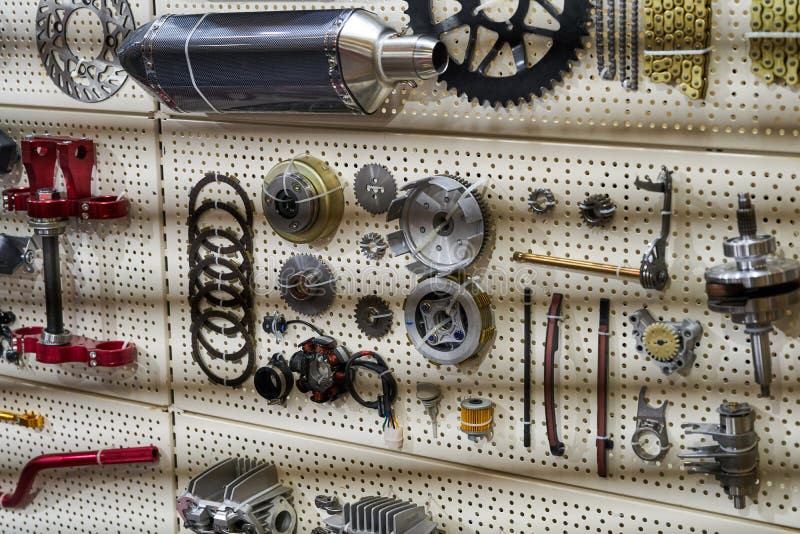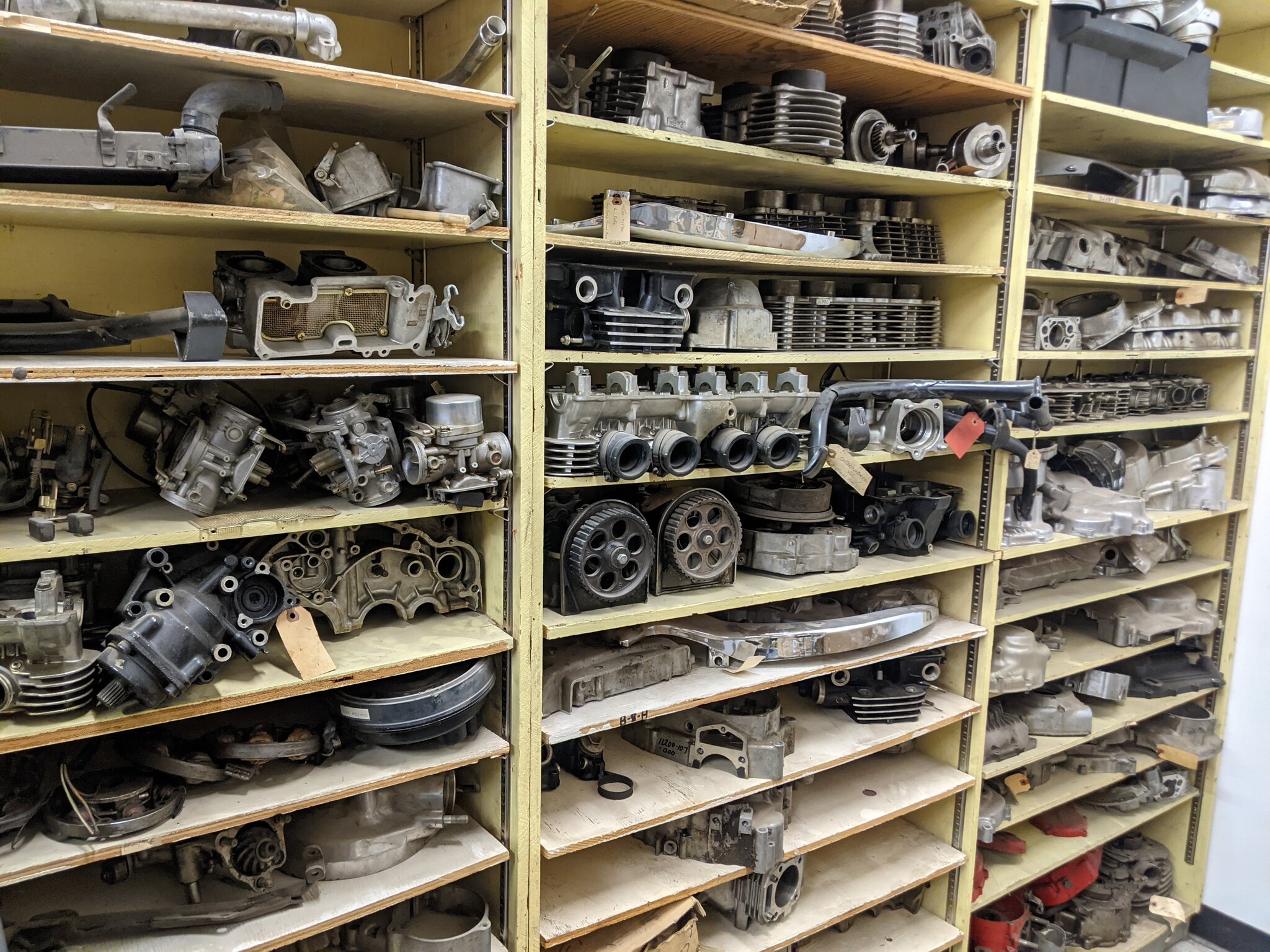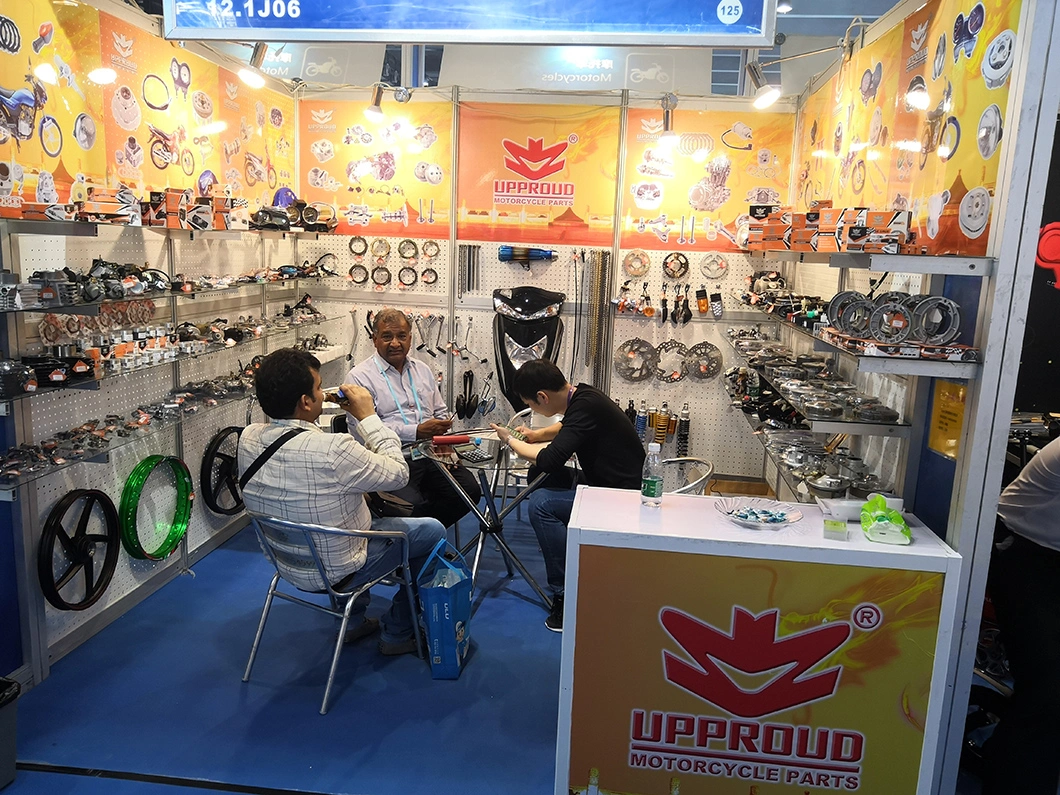Grasping Motorbike Gears: How to Enhance Your Riding Experience
In the realm of motorcycling, grasping the art of gear manipulation is important for boosting your riding performance. Correctly recognizing and utilizing motorbike equipments can considerably affect gas, velocity, and control effectiveness, transforming an ordinary ride right into a smooth, exciting trip.
Understanding Equipment Mechanics
How do the details of gear technicians influence motorcycle efficiency? At the core of motorbike dynamics, equipment auto mechanics play a pivotal duty in converting engine power into movement, ultimately dictating speed and control. Gears, thoroughly crafted parts, allow motorcyclists to maximize torque and speed, guaranteeing a smooth transition through different terrains and velocities. The gear proportions, very carefully developed, identify the connection between engine changes and wheel turns, impacting velocity and fuel effectiveness.
Comprehending gear technicians begins with recognizing the relevance of the transmission, which houses multiple equipments of varying sizes. These equipments interact via a procedure referred to as meshing, where teeth of various gears involve to transfer power. The precision of this interaction is vital; any imbalance or damages can bring about inefficient power transfer, impeding efficiency. Additionally, the arrangement and size of gears influence the motorbike's ability to take care of different tons and speeds.
In addition, the idea of gear shifting is indispensable to taking full advantage of efficiency. Smooth and timely changes make sure that the engine operates within its ideal power band, stopping unnecessary stress and enhancing durability (moto parts nz). By understanding these mechanical intricacies, cyclists can accomplish an unified mix of performance, power, and control, boosting their riding experience
Timing Your Changes
Change timing mastery is vital for optimizing motorbike efficiency and boosting the riding experience. Correctly timed shifts ensure that the engine operates within its ideal power band, which is essential for keeping control, accomplishing smooth acceleration, and ensuring the durability of the bike. Motorcyclists have to develop an intuitive feeling of when to change gears, which entails comprehending the connection between engine transformations per min (RPM) and rate.
To master shift timing, pay close attention to the engine's sound and feel, as these offer crucial hints regarding when to change equipments. When the engine comes close to the top variety of its power band without getting to the redline, the suitable change point usually happens - motox parts nz. Changing prematurely can cause an absence of power, while shifting too late may create unnecessary engine strain
Furthermore, roadway problems and riding style impact shift timing. In urban setups, smoother and much more constant changes might be necessary to navigate web traffic efficiently. In contrast, throughout highway riding, fewer shifts at greater speeds can be extra ideal. Practicing in different atmospheres will boost your ability to time changes precisely, ultimately elevating your riding experience to a professional degree.
Enhancing Fuel Efficiency
While grasping bike equipments is vital for performance, boosting gas performance is similarly essential for both ecological and economic reasons. Optimum fuel usage not just lowers functional prices yet likewise reduces the environmental footprint of riding. To attain this, one must understand the intricate connection between gear choice and engine performance.
To start with, choosing the right equipment at ideal speeds can significantly affect fuel intake. Riding in a greater gear at lower rates can result in engine big and tall motorcycle rain gear carrying, which is harmful to both fuel economic situation and engine wellness. On the other hand, riding in lower equipments at broadband results in unnecessary fuel intake. Hence, maintaining an optimal equilibrium by changing equipments in placement with road conditions and expected maneuvers is necessary.
In addition, routine upkeep plays a critical duty in fuel effectiveness. Making sure that the bike is well-tuned, with tidy air filters and appropriately blew up tires, can enhance the rules of aerodynamics and minimize fuel waste. In addition, embracing a riding style that accepts gradual velocity and smooth slowdown can contribute to far better fuel economy.

Methods for Smooth Transitions
Achieving smooth equipment changes is essential to boosting the riding experience and making certain the long life of a motorcycle's transmission system. Appropriate gear changing not just contributes to a seamless trip yet additionally minimizes damage on the mechanical parts. To grasp the art of smooth changes, bikers have to concentrate on a few crucial methods.

Secondly, clutch control plays a critical role. Engaging and disengaging the clutch efficiently calls for method. The clutch lever ought to be launched progressively, permitting a seamless transfer of power from the engine to the wheels without creating a jolt or abrupt motion.

Adjusting to Roadway Conditions
Navigating varied roadway conditions is an essential ability for any kind of motorcyclist aiming to preserve control and security. Whether you're riding on damp surfaces, gravel roadways, or navigating doglegs, your capacity to adapt your gear use and riding method is extremely important. Recognizing how to adjust your gears appropriately can dramatically impact grip and stability, guaranteeing a more secure trip.
In comparison, when riding on crushed rock or uneven terrain, reduced gears are preferable. Lower equipments offer far better control and permit you to respond even more swiftly to unexpected changes additional reading in the road surface area.
Sharp curves demand accurate gear administration to stabilize rate and control. Downshifting prior to getting in a curve can help preserve momentum while guaranteeing the bike remains stable throughout the turn. Regular method in diverse problems improves your capacity to respond and predict to adjustments in roadway texture and slope.
Final Thought
Grasping bike gears considerably boosts the riding experience by enhancing control, acceleration, and fuel performance. Adapting gear option to various roadway conditions, such as making use of greater gears on wet surface areas and lower equipments on gravel, more improves handling and security.
Understanding gear auto mechanics begins with identifying the significance of the transmission, which houses numerous gears of differing sizes. These equipments engage through a procedure known as meshing, where teeth of various equipments involve to transfer power (motorcycle parts nz). Mild modifications to the throttle during gear shifts can avoid jerky activities and preserve a consistent riding speed
Whether you're riding on damp surfaces, gravel roads, or navigating sharp turns, your ability to adjust your gear use and riding method is critical. Adjusting equipment option to various road conditions, such thin heated motorcycle gloves as making use of higher gears on damp surfaces and reduced gears on gravel, more boosts handling and security.